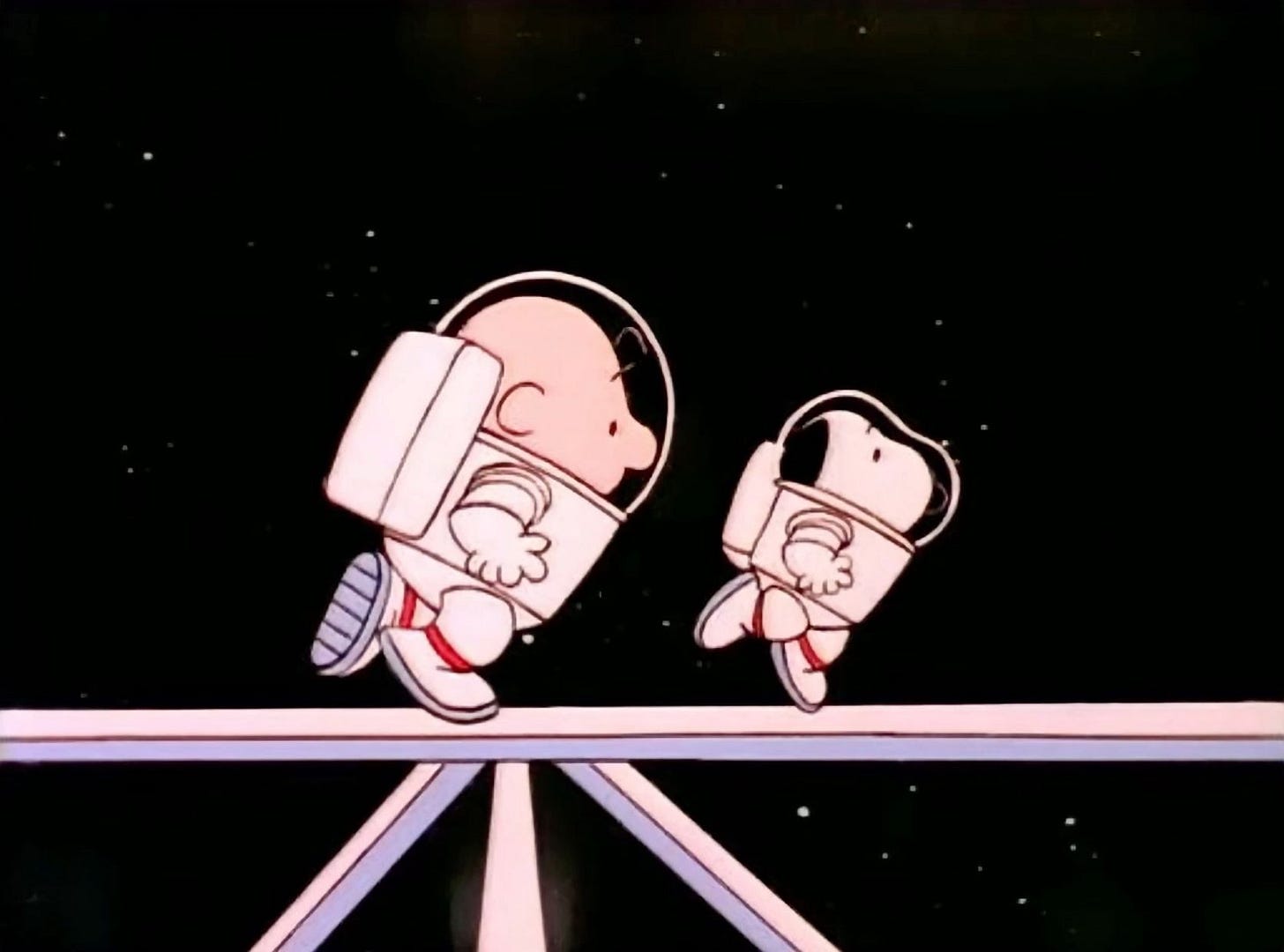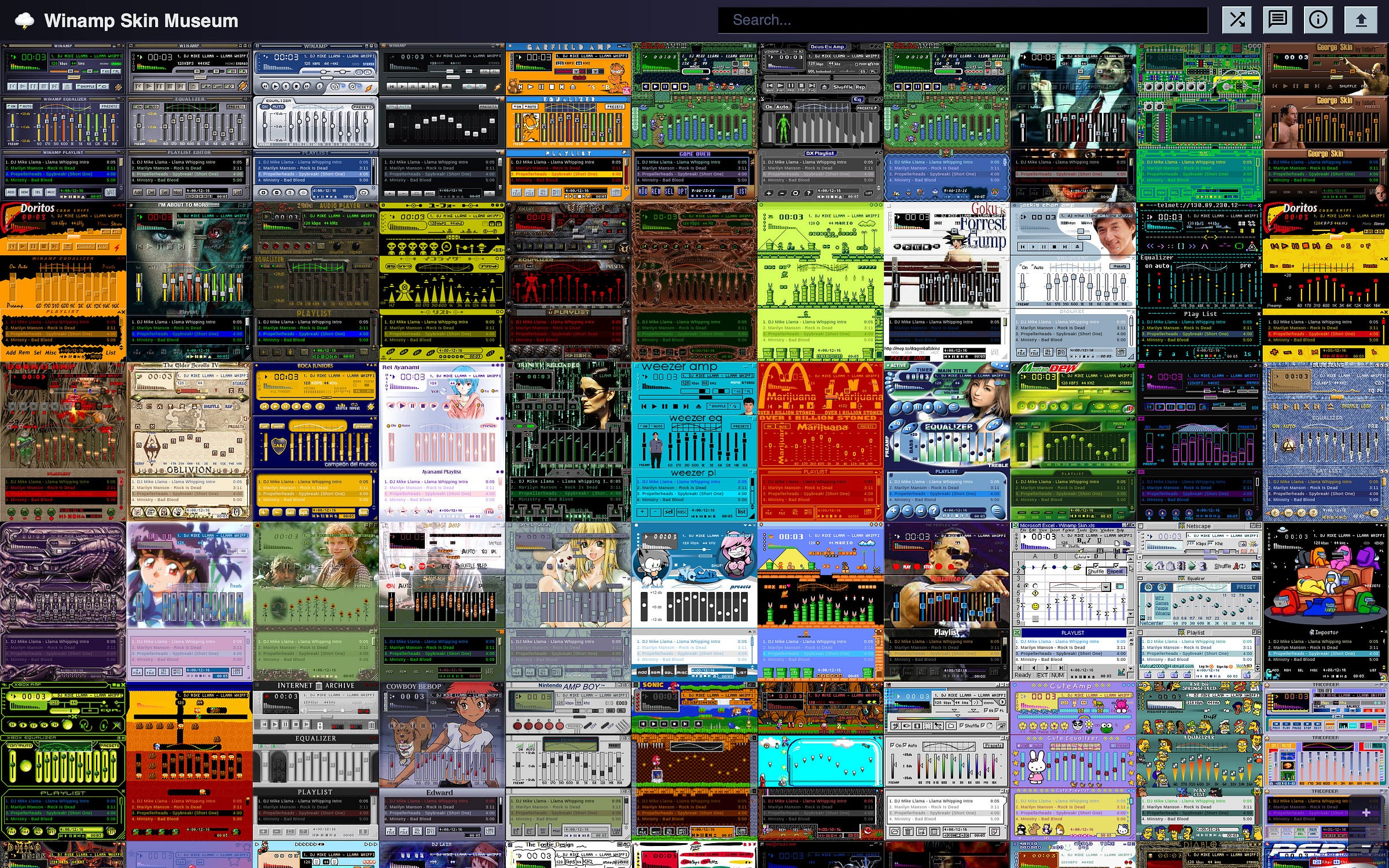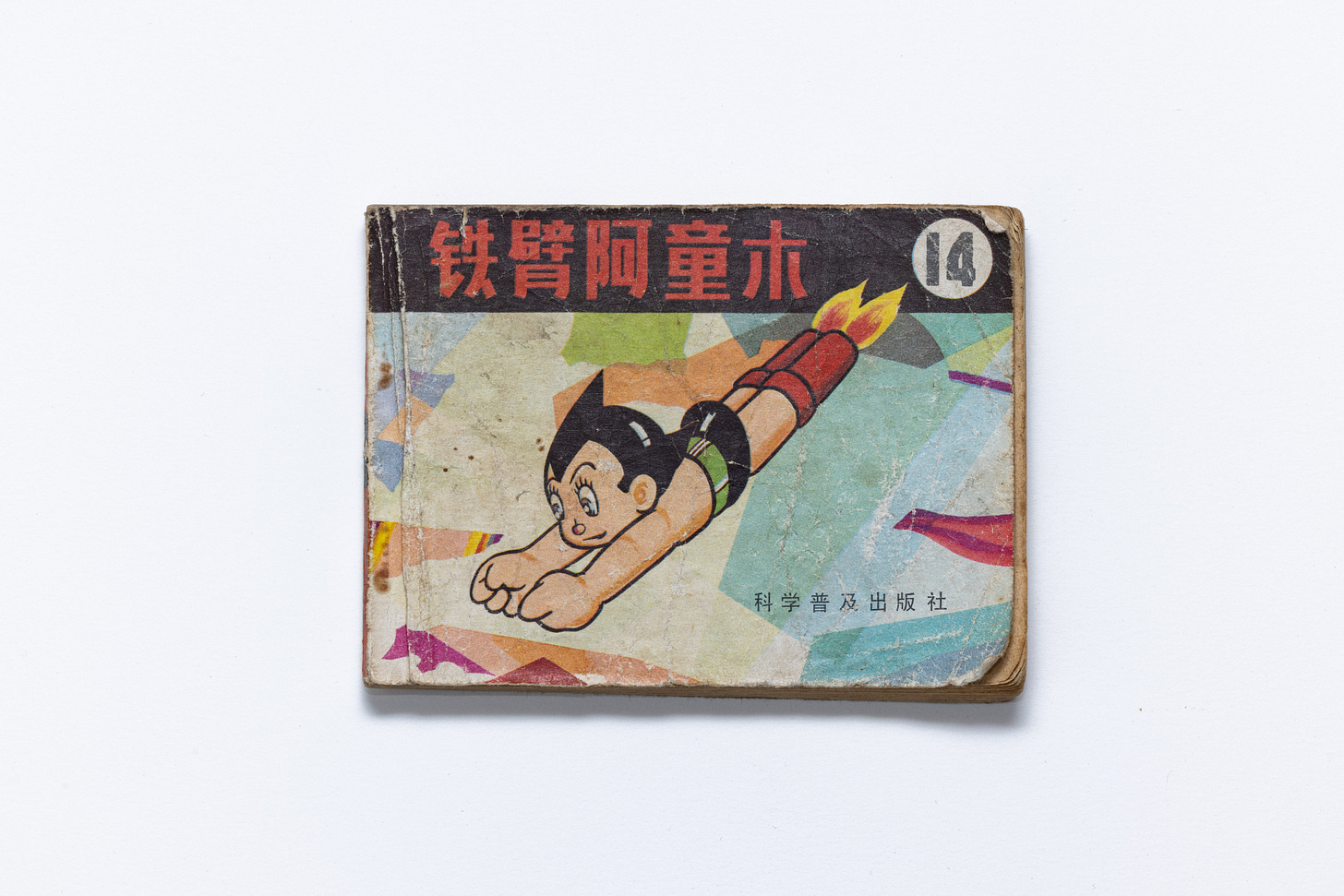Re:View - Vol. 2
Because the algorithm won’t show you this stuff.
Welcome back to another round of design fragments, overlooked gems, and curious finds—basically, the kind of stuff you’d dig up at a garage sale hosted by a designer with too many tabs open. None of it is particularly new, and most of it didn’t just launch last week—but it all made me pause, bookmark, or smile.
Twelve Persons in Graphic Design Today Vol.1-3 (1968-1970)
12人のグラフィックデザイナー
I first came across this book set while in Japan last year. At the time, my carry-on was already full with with other books, so I couldn’t justify adding these to the haul. Instead, I added them to my wish list and started keeping an eye on eBay. In December, I finally found a great deal for all three volumes and could stop me from grabbing it.
Published between 1968 and 1970, this three-volume collection documents a pivotal modern renaissance in Japanese graphic design, showcasing the work of artists who later became legends in the field. The set is beautifully designed and impeccably printed. Each volume highlights four designers, covering 12 influential creators in total:
Akira Uno
Kazumasa Nagai
Shigeo Fukuda
Gan Hosoya
Kiyoshi Awazu
Mitsuo Katsui
Ikko Tanaka
Makoto Wada
Yoshitaro Isaka
Toshihiro Katayama
Tsunehisa Kimura
Tadanori Yokoo
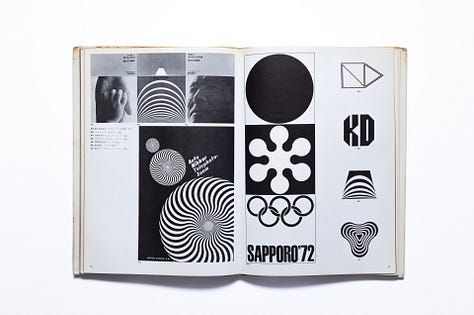

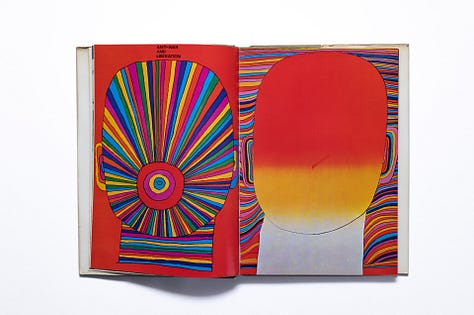
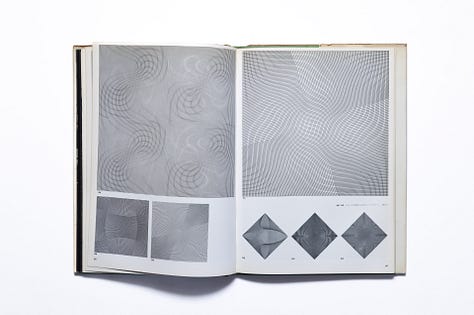
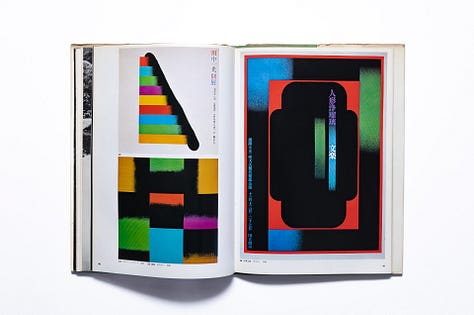



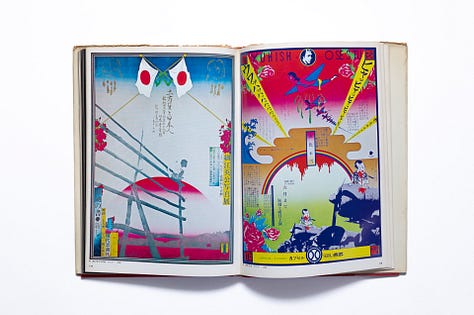
Fungal Page
fungal.page is a mesmerizing website that mimics a Wikipedia article about Hypha—the long, branching, filamentous structures of fungi. The longer you leave the page open, the text and other elements begin to "grow" like hyphae, extending and weaving across the layout in a mesmerizing display of fungal growth.
Created by Raphaël Bastide
Henry Dreyfuss and the first User Experience
Quite amazing “design thinking” from 1925 by the legendary Henry Dreyfuss, who was just 21 years old at the time. An aspiring Broadway theater designer, he was sent to Sioux City, Iowa, to improve a struggling theater that was losing audiences to its competitors. An excerpt from from User Friendly by Kliff Kuang:
It was 1925 and Henry Dreyfuss, wearing his trademark brown suit, stood vigil in front of the sparkling new RKO theater. He was there to solve a problem that had bedeviled the theater’s owners back in New York: They’d invested a tidy sum in this new showplace and no one was coming in. The location was good. This was a prosperous stretch of downtown Sioux City,” Iowa, and the RKO theater hosted popular traveling vaudeville shows and newer, better movies. Yet the happy families and farmers mostly scuttled past the theater’s twinkling new marquee and the plush red carpet blanketing the sidewalk on their way to the shabby competitor down the street. Dreyfuss was standing around so that he could just watch them, and see if he might understand them.
In an era before marketing consultants or business strategists, Dreyfuss had gotten the job simply because he seemed to know something about theater design. He was, at the time, just twenty-one, but already known as a wunderkind designer of Broadway shows. His success had allowed him to start styling himself more as an engineer of consumer demand. When Dreyfuss first arrived at the theater in Sioux City, he lowered prices, ran triple features, and gave away free food—still, none of it worked. After spending three days just observing, he ventured into the theater lobby to eavesdrop on what customers there were saying. Then he overhead someone say how afraid they were of messing up such rich carpet with their muddy shoes. Dreyfuss looked back at the slick tongue of carpet lolling in the theater’s glossy maw and saw how intimidating it must have been to the “farmers and workmen.” The problem he’d been sent to fix—a theater design that wasn’t drawing crowds—ended up not being the problem at all. It wasn’t that the theater wasn’t nice enough. It was rather that, having been conceived on some drawing board in New York City, the theater was too nice for the practical and unassuming Iowans.
Just a few years later, in 1929, Dreyfuss founded his design firm, Henry Dreyfuss Associates (HDA), in New York. He went on to create iconic designs such as the Western Electric 302 telephone (now featured in museums like MoMA), the Honeywell T86 thermostat—affectionately called "The Round" that looks like an ancestor of the Nest thermostat—and the streamlined 20th Century Limited train, a symbol of Art Deco sophistication.



Bar Sign
Striking (literally) bar sign design in Kyoto, Japan. I spent quite a bit of time trying to track down the original creator of this illustration, but had no luck. In a Reddit thread, someone pointed to a Behance project that may be the source—but it’s still unconfirmed.
WinAmp Skin Museum
WinAmp Skin Museum — a tribute to a time when listening to music was personal.
I have nothing against streaming services. In fact, I’ve been using Spotify since 2007, back when it was in private beta and their office was just down the street from where I used to work in Stockholm, Sweden. But I do have one issue.
A friend of mine—an audiophile—recently asked me, Who are your favorite artists right now? And to my surprise, I could barely name two or three, even though I listen to music for hours every day. Most of what I’m listening is new to me, but the sheer ease of discovering music now means I barely register the artist, the album, or even the cover art. When I hear something I like on Spotify, I simply add it to a playlist. I might listen to the track hundreds of times, but I still won’t know who made it—because I did nothing to actually discover it beyond paying a monthly subscription.
Before streaming, finding new music took effort. I had friends recommending artists based on my taste. I’d listen to entire albums to decide if I liked them. I’d check out record labels where my favorite bands were signed and explore other artists on the same label. I knew the album names, the track order, which records came before, which artists collaborated—because discovery required engagement.
The journey of discovering music gave me a lot of knowledge. When there’s no journey anymore, and things are not even a click away but rather automatically stream after the playlist is over, that knowledge is gone—at least for me. Basically, it looks to me as I just want a button in Spotify that says “Stop Recommending.”
Pocket Astro Boy
A gem brought to me as a present from Shanghai. Chinese edition of "Astro Boy" (14) by Osamy Tezuka. 1983.



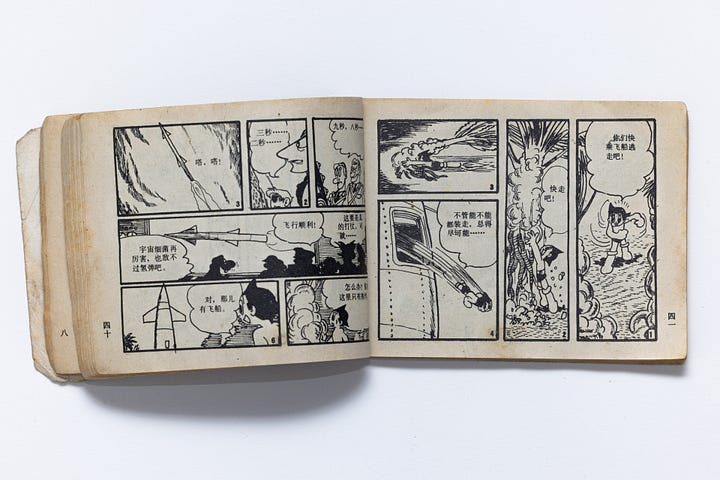
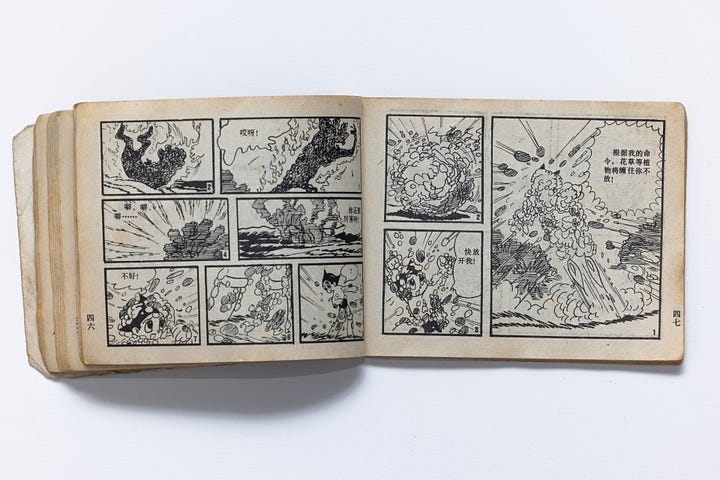
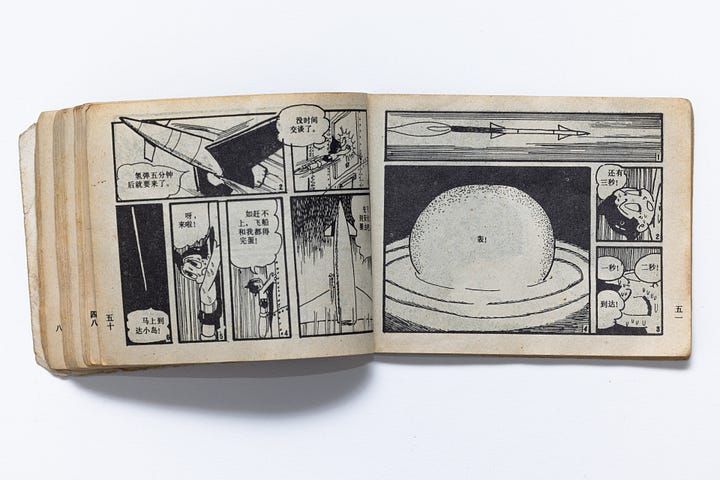

Apparently Books Update Now Too
LOL. Besides updating every single app and piece of tech that I have, I now need to update books too. What a life!
When the clients ask how our layouts will look on screen sizes larger than 1920 pixels, this is the user that comes to mind.
No matter what resolution you’re reading this on, you can always subscribe.



